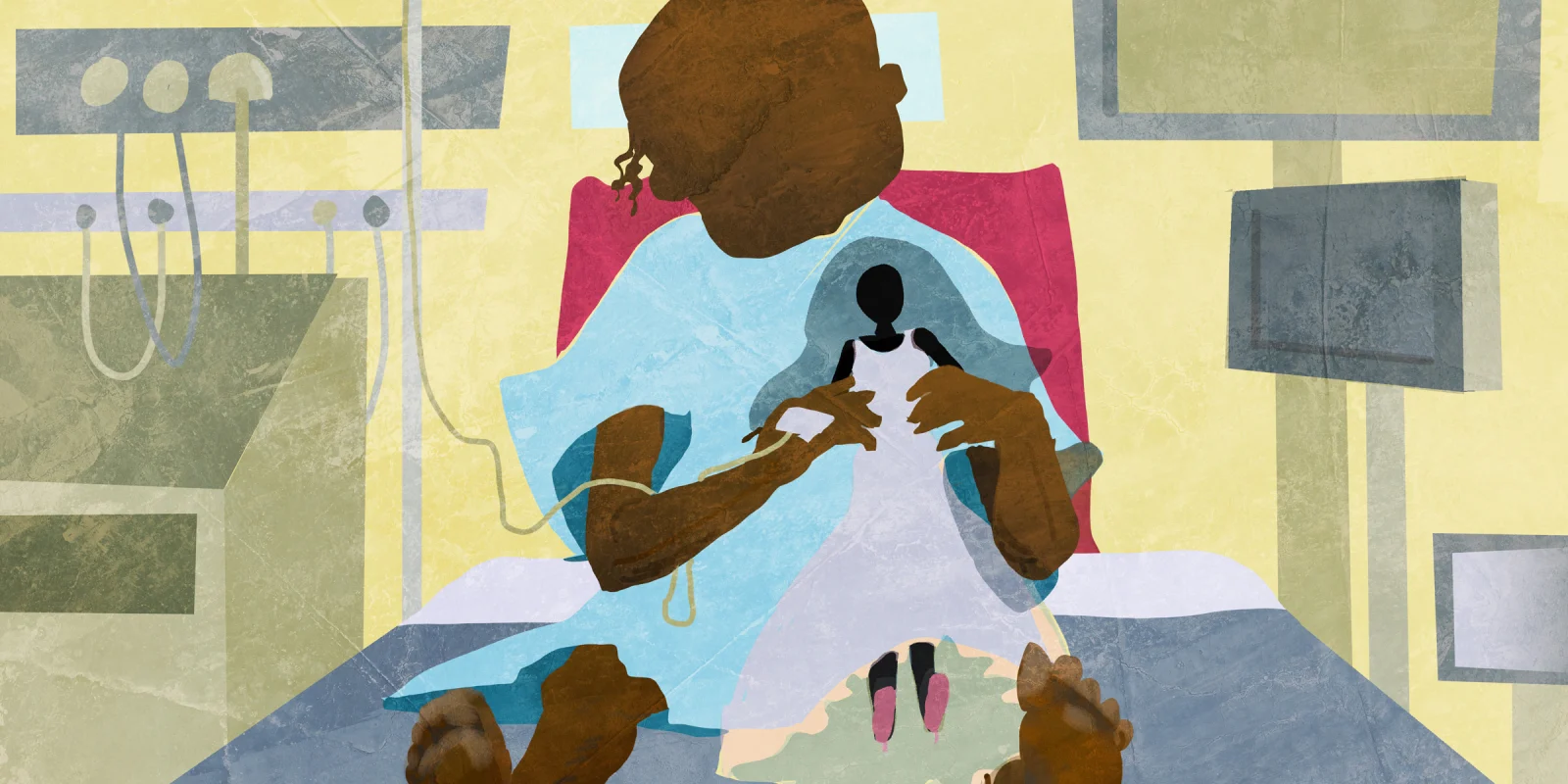Acute lymphoblastic leukemia (ALL) is the most common cancer in children, adolescents, and young adults (CYA). Chemotherapy results in a >90% cure rate, but can cause serious immediate and long-term toxicity, with adverse events affecting quality of life in nearly a third of patients. Up to 10% die from treatment related AE, and 2-5% experience central nervous system (CNS) relapse.
Amy Kirkwood, MSc, presented results of the UKALL 2011 study, aimed to reduce steroid toxicity, CNS relapse, and chemotherapy toxicity. Patients age 1-24 years (median 5 years) with ALL were first randomly assigned (R1) to a short (n=952) or standard (n=950) dexamethasone dose. After consolidation patients were stratified by risk, which determined subsequent regimens. R2IM (interim maintenance) assigned patients to standard IM (n=783) or high-dose dexamethasone (HDMTX; n=787). R2pulses assigned patients to chemotherapy pulses (n=784) or no pulses (n=786).
R1 results, presented at ASH 2017, did not show reduced toxicity with shorter dexamethasone. Results of R2IM and R2pulses were reported at this ASH meeting after a median follow-up of 76 months. There was no difference between R2IM groups in CNS relapse or event-free survival.
HDMTX may reduce risk of bone marrow relapse for some subgroups of B-ALL following standard induction. However, significant interaction between randomized arms makes analysis difficult. HDMTX was associated with toxicity due to delayed clearance in 60% of patients and grade 3-4 acute kidney injury in 1.7%. Omission of pulses was non-inferior for bone marrow relapse, and decreased grade 3-4 adverse events, including febrile neutropenia.
Ajay Vora, MD, member of the study group, said they are still using HDMTX in the UK, and are looking at whether it should be reserved for certain subgroups. An add-on study examining the effect on patient quality of life of pulses may inform whether pulses could be omitted for some patients.
Other efforts to reduce toxicity in this patient population were reported in a poster from the Great Ormond Street Hospital for Children, showing blinatumomab may be used as a toxicity-sparing first line treatment of B-ALL in CYA who are chemo-intolerant. Another poster from this hospital shows blinatumomab-based, reduced intensity reinduction appears equivalent to more intensive therapy, allowing more patients with high-risk disease to undergo potentially curative stem cell transplant.
Dr. Lederman has no conflicts of interest to report.
Illustration by Jennifer Bogartz







